Super Number of Suit Fabric
Would you be surprised if I told you Super Numbers Have Nothing to do with Thread Count?
Many would, because super numbers are commonly assumed to refer to thread count. In fact, super numbers actually refers to the fineness of the sheep’s-wool fiber twisted into the fabric’s yarn and is simply a grading system for that matter.
Wool is being graded after the process of sheering the sheep and the slimmer the wool (measured in microns), the higher the super numbers become. Just like grades of beef, certain sheep are bred for the sole purpose of producing super fine wool. With exclusiveness comes a price and thus, the higher the super number, the more the suit is going to cost.

Comparison between 180s (left) and 120s (right)
With that in mind, super numbers looks attractive but could also be abused. For the fact that Super Numbers are not regulated, shady mills would buy up short but high-micron fibres so that they could achieve a high super number. However, short fibres do not make very durable yarn but these shady mills would still buy them up, ignoring the fact that they produce fabrics that are not suitable for tailoring and break easily, eventually, making low quality suits. Quality fabric mills would never compromise their fabrics this way just because they want to achieve a high super number. So, don’t get too excited about high super numbers offered by shady sellers. The old adage of “you pay for what you” get applies here.
So does it necessarily mean that the higher the super number, the better the quality of the suit?
Let’s just take this chance to talk about football here. For example, pace is just one aspect of a player’s quality, and although it is an exciting trait, it could not solely determine the quality of the player. Similar to suits, Super Number is just one aspect of determining the quality of a suit, although many might mistake the fineness and softness of the suit fabric to be equivalent to quality, these are just huge factors but do not determine the quality of the suit solely.
At the end of the day, it boils down to what the needs of the wearer. A suit with high Super number such as above Super 150s would suit a special occasion but if you are looking for an everyday suit, the range of Super 100s to Super 150s would be the sweet spot you are looking for.
A general guideline would be that Super 110s-120s are for daily use because there are an abundance of raw long-staple fibers in this range, which means the fibers of the wool are long enough to be twisted tightly with the yarn, thus allowing for the suit fabric to be more durable.

Comparison between 120s weaving (left) and 180s weaving (right).
Super 130s-150s would be great for important events now and then, and are definitely softer and richer in texture as compared to the 110s-120s but are also more prone to tearing.
Super 150s and above are the rarer range for wool and are often on the expensive end of suits. Just think of it as a beautiful, yet delicate material. They would look absolutely great when pressed initially, but often loses it shape after a long day. If you are not looking to tear this expensive range of suits, we do not recommend it for everyday wear. Finer suits tend to be less durable for everyday movement, and are harder to fix when torn. Therefore, do not select a suit purely based on Super Number alone, instead, talk to your tailor about how you intend to use your suit and ask for your tailor’s advice.
Do drop us an email at hello@assemblesg.com to book an appointment or if you have any enquiries!



Leave a comment
This site is protected by hCaptcha and the hCaptcha Privacy Policy and Terms of Service apply.